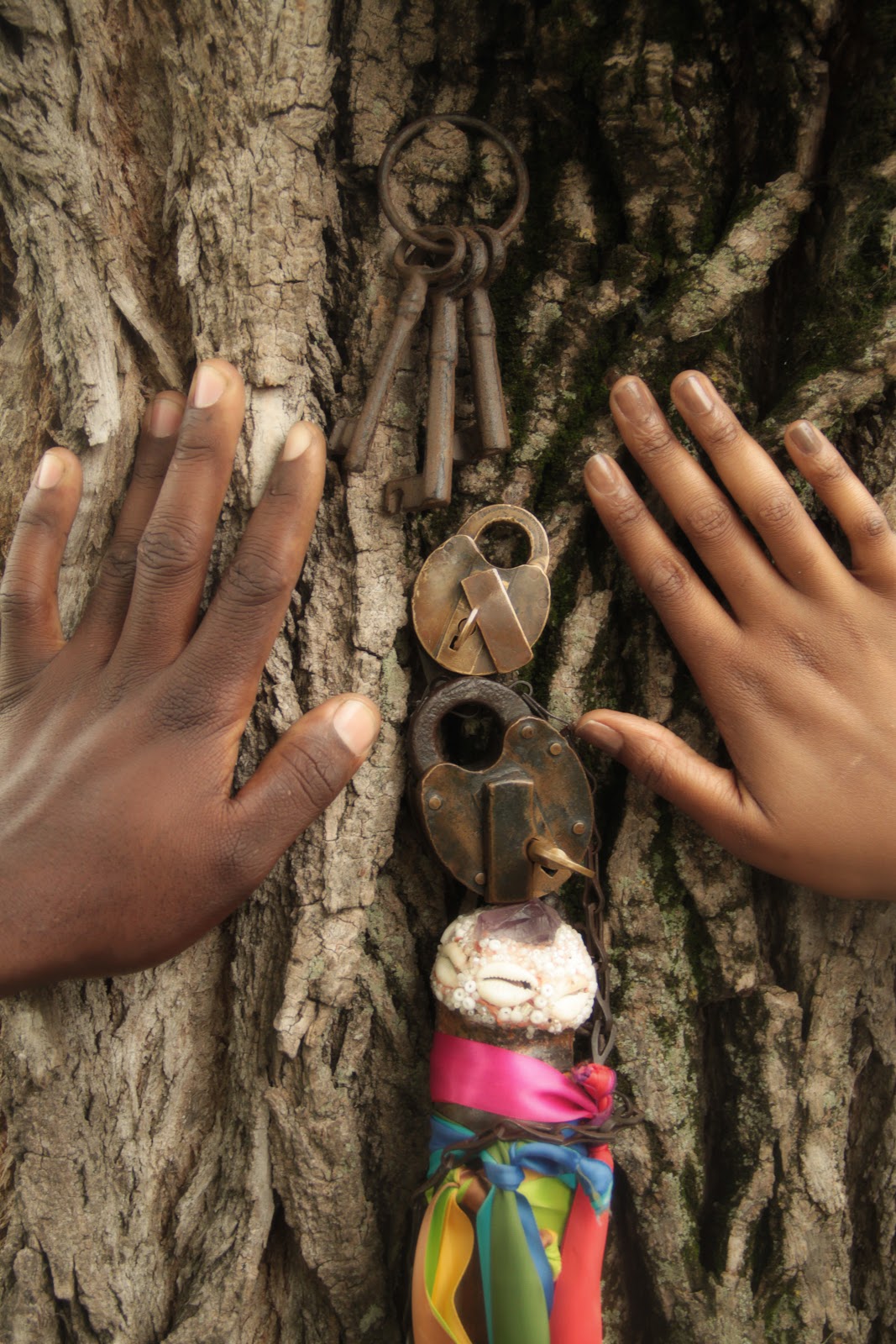Cross Currents was a beautiful and powerful site-based performance. The choreographer looked intentional and everything made sense. Along with the choreographer, the way the dancers used the space, the music, the poem, and the lighting created a strong narrative that never left the audience bored.
The choreography was more gestural than anything else. The dancers used their arms; they performed a lot movements that brought the arms and hands in and close to the body and then back out away from the body. A lot of arm movements were repeated throughout the performance. The dancers also performed a low walk that had a bounce to it. The dancer’s bodies were close to the ground and they moved along the space with that movement multiple times. It provided a sense of the dancers trying to bear weight on their backs. The first person to perform the low squat/walk was the first soloist. Then the rest of the dancers did it. All of the dancers moving together with a sense of weight on them provided a sense of community and empathy. All of them appeared to be feeling or creating the same emotions with their bodies and it allowed the audience to clearly see their story. The group pieces generally provided choreography that made all the dancers move in unison or in a ripple/cannon effect. The connectedness in the choreographer also added to the aspect of community and all the dancers being there for each other. Overall, The choreographer created a group of women who were experiencing the same situation and were getting through it together.
The dancers utilized the whole space and never stopped performing. Even when the dancers left the lit area, they had to gracefully walk away from the scene until the audience could not see them anymore. It showed power within the space and as if there was an energy that was running through the dancers the whole time. After the performance, one of the most interesting things I learned about the piece was about its references to the train station that is right beside the museum. There was a train sound in parts of the music and the reference was clear. The lighting included in the performance was well done. It lit the dancers and the space well and it did not create a distraction. It transformed the space from just a museum to a space that provides an artistic narrative to be told; it also created and set the tone for the performance. Along with the lighting, the costumes were simple. The simplicity of it allowed the audience to really pay attention to the movements and the dancers themselves. The costumes looked old as well which created a historical appearance to them.
The performance was well done and showed how site-based performances can create a different experience for the dancers and the audience. It is different to watch a performance on a stage than it is to be outside and on the same level as the dancers. It allows the audience to feel more connected to the work and the audience are more likely to remember their experiences.
